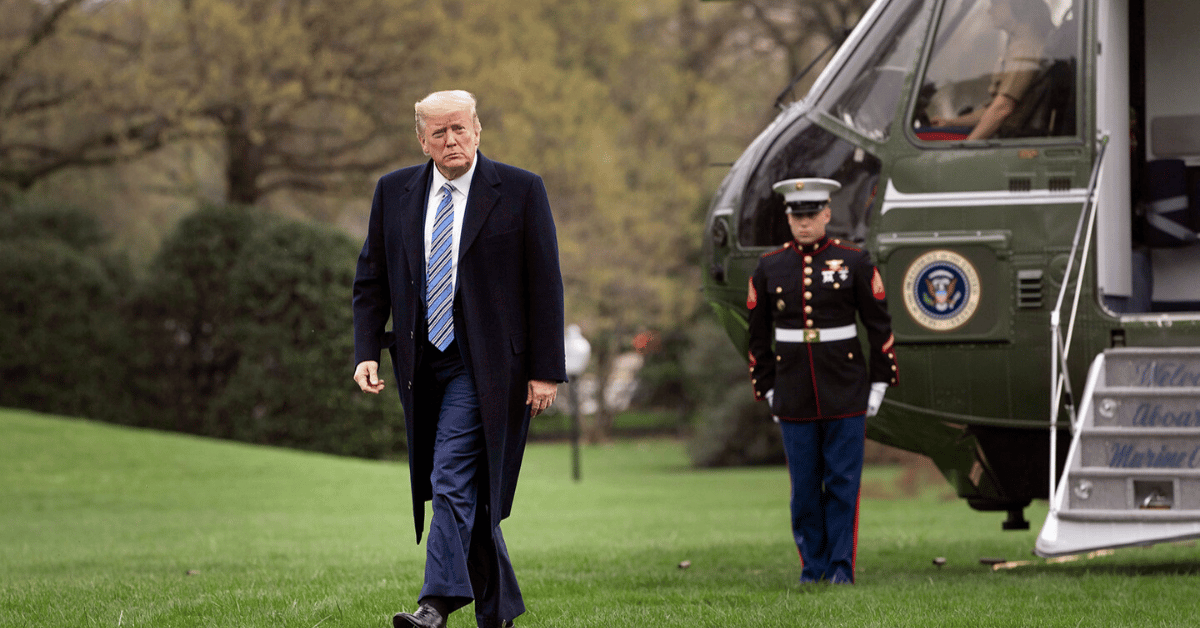


Thousands of long-hidden documents about Amelia Earhart’s mysterious 1937 disappearance have just been unleashed, shining a spotlight on one of history’s greatest unsolved puzzles.
The New York Post reported that on Friday, the Trump administration declassified 4,624 documents detailing the desperate search for Earhart and her navigator, Fred Noonan, after they vanished during a groundbreaking attempt to circle the globe, offering fresh glimpses into the immediate aftermath and enduring questions surrounding their fate.
Let’s rewind to July 2, 1937, when Earhart, aiming to be the first woman to fly around the world, took off from Lae, Papua New Guinea, in her Lockheed 10-E Electra alongside Noonan, heading for Howland Island to refuel en route to Honolulu and Oakland, California.
Strong headwinds silenced Earhart’s radio transmissions during the flight, leaving her last known position somewhere near Howland Island, midway between Hawaii and Australia.
The US Navy and Coast Guard launched a grueling 16-day search, scouring the shark-infested waters off Howland, but found no trace of the plane or its passengers.
On July 4, 1937, a Coast Guard dispatcher broadcast with urgency, “every possible means [to] establish contact,” a haunting plea that captures the raw desperation of those early days (Coast Guard dispatcher, July 4, 1937).
By July 5, 1937, another dispatcher’s message revealed the emotional weight of the search, noting, “Talked Amelia so long now like searching for close friend though most have never seen her some heard her voice."
It’s a poignant reminder that behind the headlines, real people felt the sting of loss for a woman whose courage inspired a nation, even as hopes flickered with false alarms like flares near Howland on July 6, later identified as mere meteors.
With no signals detected on Earhart’s frequencies and no wreckage found, fears grew that she had crashed into the unforgiving Pacific, a grim possibility that led to her being officially declared dead on January 5, 1939.
Fast forward nearly nine decades, and despite millions spent and countless expeditions, neither Earhart’s remains nor her Electra has been located, leaving the mystery as tantalizing as ever.
Last year, Tony Romero’s Deep Sea Vision team thought they had a breakthrough with a sonar image of a possible aircraft, only to discover it was just a rock formation—another dead end in a saga full of them.
Now, a new glimmer of hope emerges with a 15-person crew from Purdue University and the Archeological Legacy Institute embarking on November 4, 2025, for a three-week mission to investigate the “Taraia Object,” a peculiar metallic form spotted in 2015 satellite images underwater in the Nikumaroro Island lagoon, between Hawaii and Fiji.
This object, potentially the main body and tail of Earhart’s plane, sits in the north shore lagoon of Nikumaroro, and the team is set to return with findings on November 21, 2025—mark your calendars.
Meanwhile, the newly released documents—packed with photos, flight logs, Navy reports, weather data, and theories—offer a treasure trove for historians and armchair detectives alike, fulfilling a pledge made by President Trump almost two months ago to open up government records on Earhart’s final flight.
While progressive voices might grumble about government transparency priorities, let’s be real: uncovering history’s truths, especially for a figure as iconic as Earhart, isn’t a partisan issue—it’s about honoring grit and determination in an age where those qualities often feel sidelined by modern distractions.



